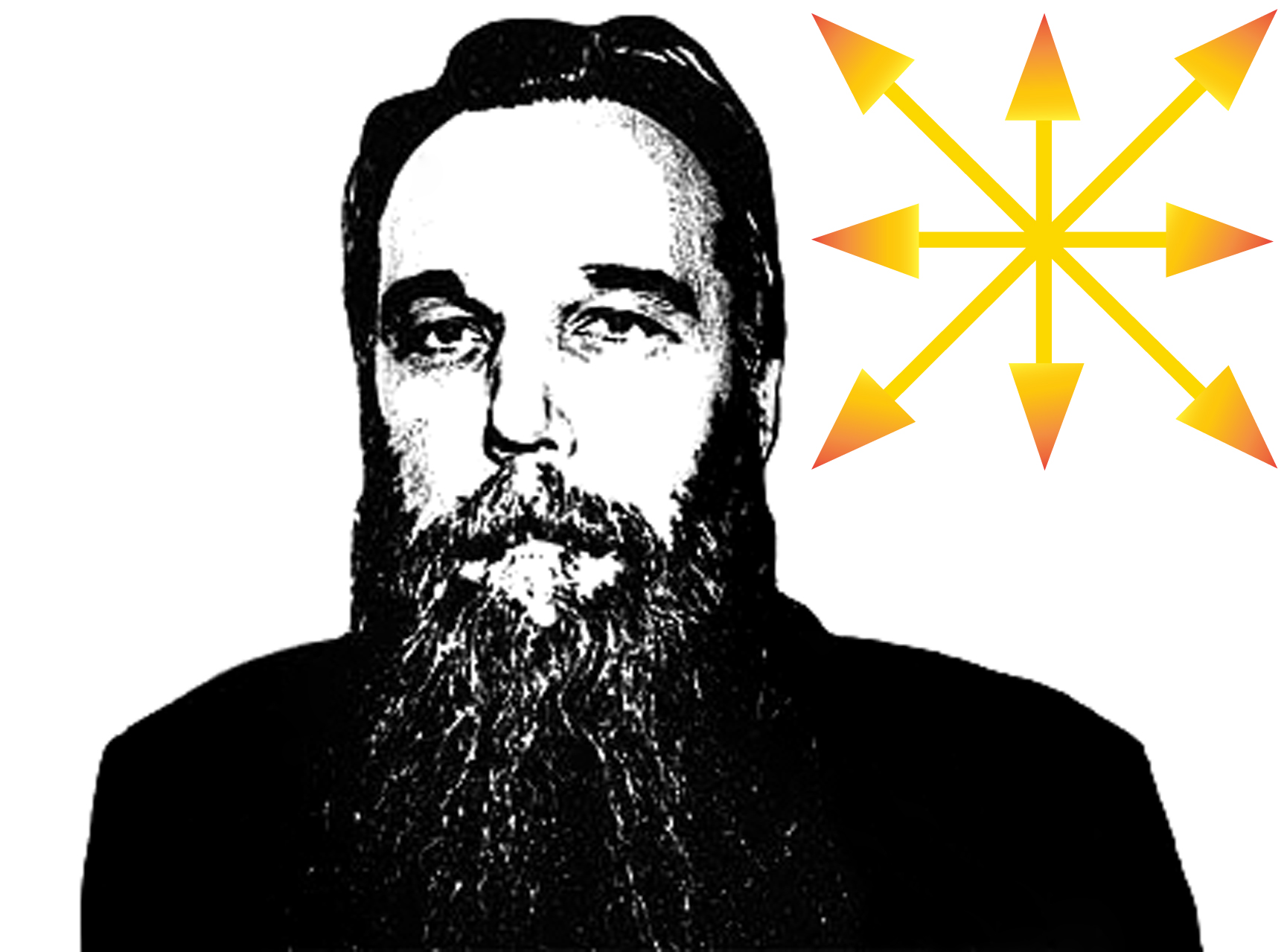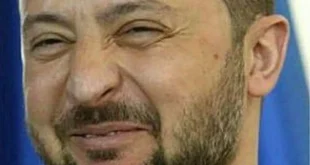Andrew Anglin
Daily Stormer
March 11, 2014

On March 9th, Aleksandr Dugin, a geostrategic and ideolgoical adviser to Vladimir Putin, published an outline of three possible scenarios which could result from the Ukrainian crisis. Two of these have the Kremlin failing to stand against Western pressure, and one results in thermonuclear war, the other in complete chaos. The third option, which he calls “the Russian Spring,” features Russia leading a revolution across Europe, freeing the continent from the hellish bonds of Americanism and cultural death.
Dugin is controversial in traditionalist circles, as though he has often been accused of Antisemitism, he has rejected the label. Still, he has had no shame in associating with vocal Antisemites, indicating that he is not bothered by it, and likely rejects the label for strategic reasons. He has been very friendly with the Golden Dawn and has met with David Duke.
I do not know that I would necessarily endorse Dugin fully, but I do endorse his vision outlined herein. Christian Russia becoming the power center of Europe is absolutely the best thing that could happen right now.
The paper was published on Dugin’s Facebook page, along with this image:

Mr. Dugin’s words follow.
Translation from Anti-White Robert Zubrin.
***
Scenario Russian spring
1. Kiev takes a waiting position, concentrates its troops on the border with the Crimea, and threatens, but takes no direct action. The U.S. strongly pressures Russia, freezing accounts, and actively wages information war, but they and NATO avoid direct clashes. Kiev receives substantial support from the West, but focuses on domestic issues. The border with Russia is closed.
The referendum [in the Crimea on whether to join Russia] passes with minimal problems. The vast majority vote for joining Russia. No country recognizes the referendum except Russia. Russia raises the question of retaliatory actions if it receives Crimea into Russia. Both chambers of the Duma promptly ratify the annexation. Crimea is returned to Russia. Russian forces enter.
The West rages strong pressure on Russia. Militants in the North Caucasus and the fifth column in Moscow are activated. Putin is supported by everyone. His popularity among the people climaxes. This helps him cope with internal challenges.
2. In eastern Ukraine, Kiev starts to take tough punitive measures. There is a straight nationalist dictatorship. Individuals attempt to attack Crimea or commit acts of sabotage. They start taking revenge on Russians and the Russian-speaking east and south for the loss of Crimea. This leads to the onset of resistance. The second phase of Ukrainian drama begins: The Battle for New Russia. People wake up at once and quickly. Ukraine establishes a state of emergency, in connection with what is defined as “Muscovite aggression.” The last traces of democracy are abolished. Elections are held in May in wartime.
3. The nationalists arrange a series of terrorist attacks in Russia. In Russia itself, the regime evolves, and starts to clean out the fifth column.
4. In Novorossia, resistance increases and gradually moves to the phase of direct rebellion against the Kiev henchmen. There is a bloody civil war. Russia deploys massive effective support structure; symmetrically the West supports Kiev. At a certain moment, in response to the sabotage in Russia and bloody actions of the nationalists and the repressive apparatus of Kiev against civilians and the east of Ukraine, Russia sends its troops into the east. The West threatens nuclear war. This is the existential moment for Putin. But he cannot stop. Going hard (possibly with heavy losses), Novorossia is liberated. The Left-bank Ukraine is conquered, with its border along the Dnieper. A new government is founded — for example, Ukraine or Novorossia. Or a version of Crimea may be repeated.
5. The Right-bank Ukraine, which does not recognize secession (as Yugoslavia under Milosevic and later Serbia against Kosovo), forms a new de facto Ukraine-2 state. NATO bases are immediately located on its territory, stopping the possibility of Russian move to Kiev.
6. The new rigidly nationalistic Ukrainian government quickly comes to a crisis. Direct clashes begin between ethnic groups (Ruthenians, Hungarians, Poles, Romanians, other minorities) and on political grounds (power loss blamed for half the territories of Ukraine). The state weakens. The process of new secessions begins.
7. Russia does not stop there, but carries activity into Europe, acting as the main element of the European Conservative Revolution. Europe starts to crack: Some countries are behind the U.S., but more often begin to listen to Russia. Against the background of the financial crisis, Russia’s position becomes more attractive. Russia takes on the protection of multipolarity, continentalism, and new conservatism (the Fourth Political Theory).
8. In western Ukraine, Ukraine-2, a pro-European (pro-German) political force comes to power that begins to soften anti-Russian policy and moves away from the U.S.
9. Across Europe, the de-Americanization process begins. An autonomous European armed force is created independent of NATO on the basis of the German Armed Forces and the French.
10. A new great Continental Association is formed, as a confederation of Europe and Eurasia, the European Union and the Eurasian Union. Russian, Ukrainians and Europeans are on one side of the barricades, the Americans on the other. American hegemony and dominance of the dollar as well as domination of Atlanticism, liberalism and the financial oligarchy is ended. A new page in world history begins. The Slavs are reunited not against Europe, but with Europe in the framework of a multipolar polycentric world. From Lisbon to Vladivostok.
 Daily Stormer The Most Censored Publication in History
Daily Stormer The Most Censored Publication in History


